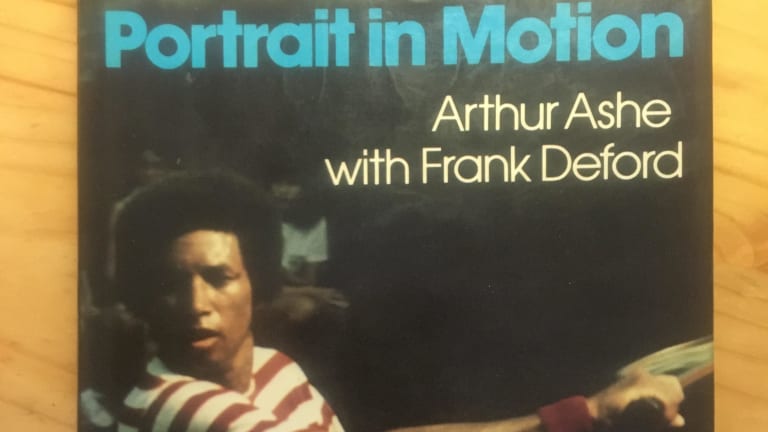The 2/21: The literature of Arthur Ashe, 28 years after he left us
By Feb 06, 2021Betting Central
Line Calls, presented by FanDuel Sportsbook: ATP Mutua Madrid Open Betting Preview
By Apr 24, 2024Madrid, Spain
Despite jet lag, Sloane Stephens keeps winning in Madrid with big goals for clay swing
By Apr 24, 2024Social
It's a girl! Belinda Bencic welcomes her first child, a daughter named Bella
By Apr 24, 2024Madrid, Spain
Naomi Osaka victorious in Madrid return, defeats Greet Minnen for first clay win since 2022
By Apr 24, 2024Brian Tobin, former president of the International Tennis Federation, dies at age 93
By Apr 24, 2024Madrid, Spain
Elena Rybakina is a sore winner (this is a good thing)
By Apr 23, 2024Zendaya, Josh O'Connor and Mike Faist on the steamy love triangle of 'Challengers'
By Apr 23, 2024Madrid, Spain
Tatjana Maria will follow daughter Charlotte’s first tournament on live scores from Madrid
By Apr 23, 2024Madrid, Spain
“I hope to make it”: Carlos Alcaraz eyes Madrid three-peat for 21st birthday gift
By Apr 23, 2024The 2/21: The literature of Arthur Ashe, 28 years after he left us
No other tennis player spanned as many historic moments and iconic venues; as such, the narrative possibilities become epic.
Published Feb 06, 2021
Advertising

The 2/21: The literature of Arthur Ashe, 28 years after he left us
Advertising

The 2/21: The literature of Arthur Ashe, 28 years after he left us
Advertising
Advertising

The 2/21: The literature of Arthur Ashe, 28 years after he left us
Advertising

The 2/21: The literature of Arthur Ashe, 28 years after he left us